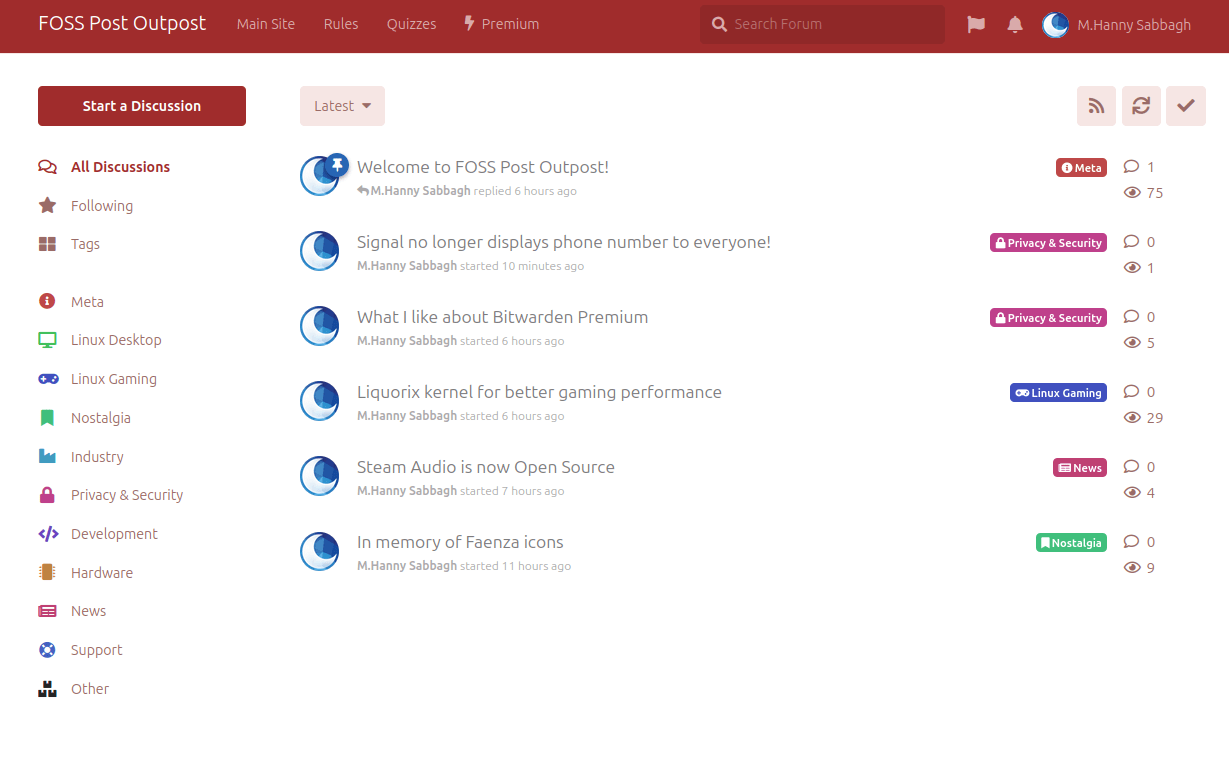Open source software have become more important today than in the past. The benefits brought by using open source software for governments, organizations and commercial businesses can not be emphasized enough. This is why you’ll probably see an open source software running in every corner of the modern IT infrastructure.
This, however, made the term “open source” somehow a buzzword. We started observing many companies which are calling their software “open source”, although in fact, it is not.
Those companies do this because people are more motivated to use an open source software and include it in their infrastructure than a proprietary solution. They like the extra attention and free marketing they get when they simply classify their solution as “open source”.
What is “open source“, anyway? The term was introduced in 1998 by the Open Source Initiative (OSI) as an alternative for the “free software” term to avoid the possible confusion between “free as in cost” and “free as in freedom”. They didn’t want people to think that free software is just software with no cost.
The OSI definition is universally accepted as the one and only definition for open source, simply because they were the ones who crafted the term in the first place.
But one should give enough attention in order to not fall victim for false marketing by software companies which claim their software is open source, while in fact, it is not.
Tamanu is an electronic health record (EHR) software, which can be used by medical facilities and organizations to store various information about patients or other things.
If you are to visit their homepage, then you can see how they call their software as “open source” in every corner of it. They even have a complete section containing the open source logo by OSI to show you how big they are on open source:

However, once you read more about their “open source model”, you will see the catch:

Oh, so it is not open source for everyone. Just for countries which they classify as “low and middle income countries”.
This is further explained and confirmed if you view their license file, which mentions the following paragraphs:
1. The purpose of any reproduction is and is only to facilitate or improve the delivery of health services or education to persons living in territories defined by the World Bank as Low Income or Middle Income Economies (“Beneficiaries”).
2. The use of any reproduction is and is only to facilitate or improve the delivery of health services or education to Beneficiarie.
In simpler words, if you are not living in “territories defined by the world bank as low income or middle income economics”, then you can not modify the source code or redistribute it. Which is clearly a violation of the open source definition by OSI, which makes Tamanu a non-open-source software.
We have had a communication with Tamanu owners over email as well, and they confirmed that they do not allow commercial redistribution of their software. Which is an additional violation of the open source definition.
Yet, they happily market their software as open source and see no shame in doing false marketing to trick possible customers and users into thinking that it is open source. They are also doing the same for their other software, which is called “Tupaia“.
Tamanu makers are definitely not the only people in the market who are doing this. But you should be careful when someone calls their software as “open source”. Remember that the first question to ask is: Under which open source license is it released?
It is not enough to take their word for it. You have to dig deep to the license files attached with the project in order to be sure that it is indeed an open source software.
Otherwise, you have fallen to false marketing and could bring troubles upon yourself if you use it in different ways other than what is written in their license.
FOSS Post is a high-quality online magazine about Linux and open source software. With a team of professional writers from all over the world, we bring you the latest articles, analysis and reviews related to open source.
Articles published with this account are written as a collaborative effort between writers. You can email us at contact@fosspost.org




